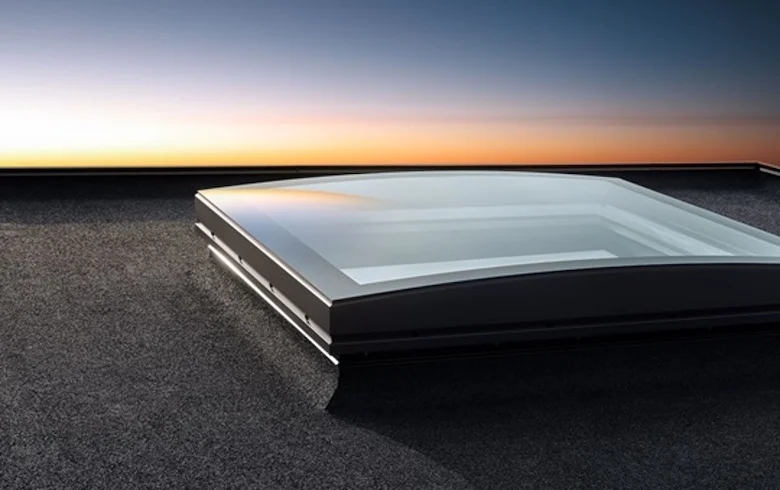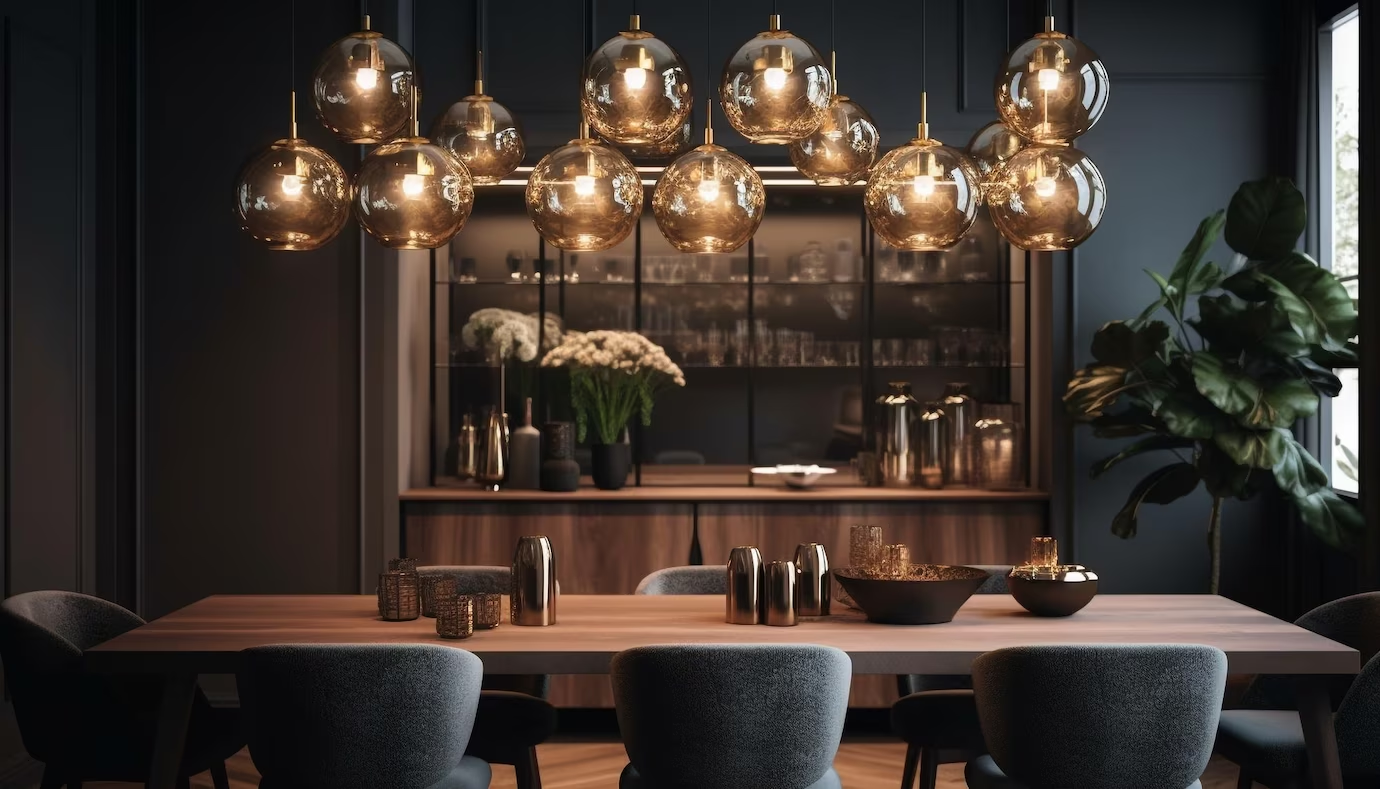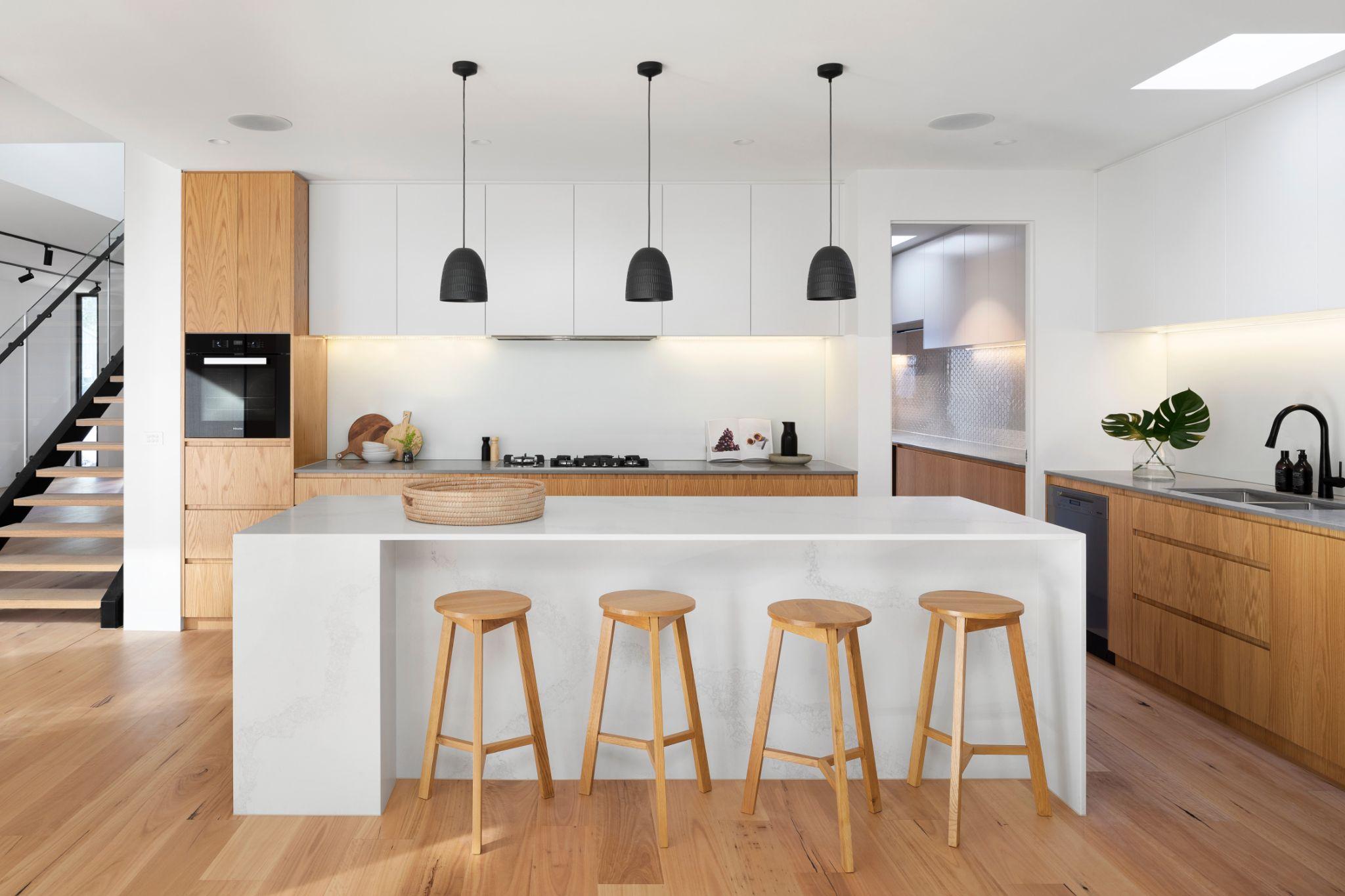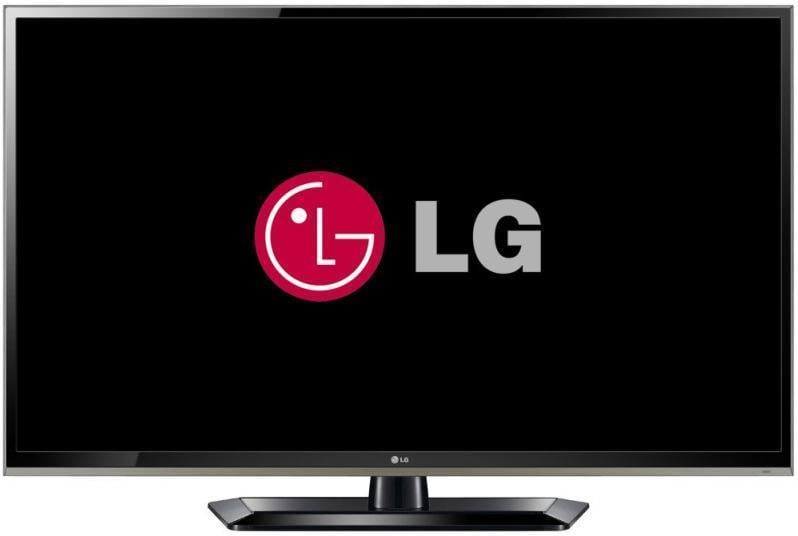Flat Roof Skylights: The Ultimate Guide to Choosing and Installing the Perfect Roof Light Solution

Table of Contents
Natural lighting plays a crucial role in creating comfortable and inviting living spaces. Flat roof skylights offer a fantastic way to bring more natural light into your home while also improving energy efficiency, ventilation, and aesthetics. In this article, we’ll guide you through the process of choosing and installing the perfect flat roof skylight solution for your home or building.
Understanding Flat Roof Skylights
Flat roof skylights are specially designed windows that are installed on flat or low-pitched roofs to allow natural light to enter the interior space. They come in various types, each with their own features and advantages:
Different Types of Flat Roof Skylights
- Fixed skylights are non-opening windows that provide a permanent source of natural light. They are ideal for spaces where ventilation is not a priority, such as hallways or stairwells.
- Ventilated skylights can be opened manually or with a motorized system to allow fresh air into the room. They are perfect for bathrooms, kitchens, or any area where increased ventilation is desired.
- Electric or solar-powered skylights come with built-in motors and can be controlled remotely or through smart home systems. These skylights often include features like rain sensors and automatic timers for added convenience.
Advantages of Flat Roof Skylights
Flat roof skylights offer several benefits, such as:
- Improved energy efficiency by reducing the need for artificial lighting during the day
- Enhanced natural light, which contributes to a healthier and more pleasant living environment
- Better ventilation for indoor spaces, helping to regulate temperature and reduce indoor air pollutants
- Aesthetic appeal, adding a unique architectural element to your home or building
Factors to Consider When Choosing Flat Roof Skylights
When selecting a flat roof skylight, consider the following factors to ensure you make the best choice for your needs:
Size and Dimensions
The size of your skylight should correspond to the room’s size and purpose. A larger skylight might be suitable for a living room or kitchen, while a smaller one could be perfect for a bathroom or hallway. Consider the room’s layout and furniture arrangement to ensure the skylight does not interfere with the room’s functionality.
Glazing Options
Glazing is an essential aspect of skylights, as it affects energy efficiency, comfort, and safety. Choose between single, double, or triple glazing based on your needs and budget. Low-E coatings and insulated glass units can further enhance the skylight’s performance by reducing heat transfer and improving thermal insulation. For optimal results, consider advanced Glazing Solutions such as Low-E coatings and insulated glass units can further enhance the skylight’s performance by reducing heat transfer and improving thermal insulation.
Frame Materials
The frame material plays a significant role in your skylight’s durability, maintenance, and appearance.
Aluminum frames are lightweight, strong, and low-maintenance, while wood frames offer a warm, natural look but may require more upkeep. PVC frames provide excellent thermal insulation and minimal maintenance but may not be as durable as other options.
Energy Efficiency and Thermal Performance
Consider the skylight’s U-value (which measures heat transfer) and Solar Heat Gain Coefficient (SHGC) ratings to ensure it meets your energy efficiency requirements. Balancing these ratings based on your local climate can help minimize heat loss in winter and heat gain in summer.
Safety and Security Features
Look for impact-resistant glass and secure locking mechanisms, especially for ventilated skylights, to ensure your home’s safety and security.
Planning the Installation Process
Once you’ve chosen the perfect flat roof skylight, it’s time to plan the installation:
Assessing Structural Requirements
Ensure your roof can support the skylight’s weight and size by consulting with a professional. They will evaluate the roof’s pitch and load-bearing capacity to determine if any structural adjustments are necessary before installation.
Building Regulations and Permissions
Before installing a flat roof skylight, check your local building codes and acquire any necessary permits or permissions. This step is crucial to ensure compliance with safety standards and avoid potential fines or legal issues.
Choosing a Professional Installer
Selecting an experienced and reputable installer is essential for a successful skylight installation. Evaluate their expertise in the field, ask for references, and check online reviews to ensure they have a proven track record. Obtain quotes from multiple installers to compare pricing and services.
One such company with extensive experience in the industry is HiSky LTD. They sell all types of flat roof skylights and can be reached at +44 7714 991494. Their location is Unit 3F, ManorWay Business Park, Swanscombe DA10 0LL, United Kingdom.
Installation Best Practices
To ensure a long-lasting and efficient skylight, follow these best practices during installation:
Proper Waterproofing and Insulation
Proper flashing and sealants are essential to prevent water leakage and maintain the skylight’s integrity. Additionally, insulating the skylight can help prevent heat loss and condensation, contributing to better energy efficiency and indoor comfort.
Ventilation and Moisture Control
Ensure adequate ventilation in the room to avoid moisture buildup, which can lead to mold and mildew growth. Installing vapor barriers may also be necessary in some cases to prevent moisture-related issues.
Positioning the Skylight for Optimal Light Distribution
Consider the sun’s path throughout the day to position the skylight for maximum natural light exposure. Balancing light and heat gain is crucial to maintaining a comfortable indoor environment without excessive energy consumption.
Maintenance and Care Tips
To keep your flat roof skylight in optimal condition, follow these maintenance tips:
Regular Cleaning and Inspection
Clean your skylight’s glass and frame periodically using appropriate methods for the specific materials. Inspect the skylight for signs of wear, damage, or potential issues that may require attention.
Addressing Common Issues
If you encounter leaks or gaps, repair them promptly to prevent further damage. Replace any worn or damaged components as needed to maintain the skylight’s performance and appearance.
Maximizing the Lifespan of Your Flat Roof Skylight
Follow the manufacturer’s care instructions and schedule professional maintenance when necessary. Proper care and attention will help ensure your skylight remains a valuable addition to your home for years to come.
Conclusion
Investing in a flat roof skylight can greatly enhance your home’s quality of living and boost its value. By considering the various factors discussed in this guide and working with a reputable installer, you can confidently choose and install the perfect flat roof skylight solution for your home or building.
With proper care and maintenance, your new skylight will continue to brighten your space and improve your indoor environment for many years to come.






